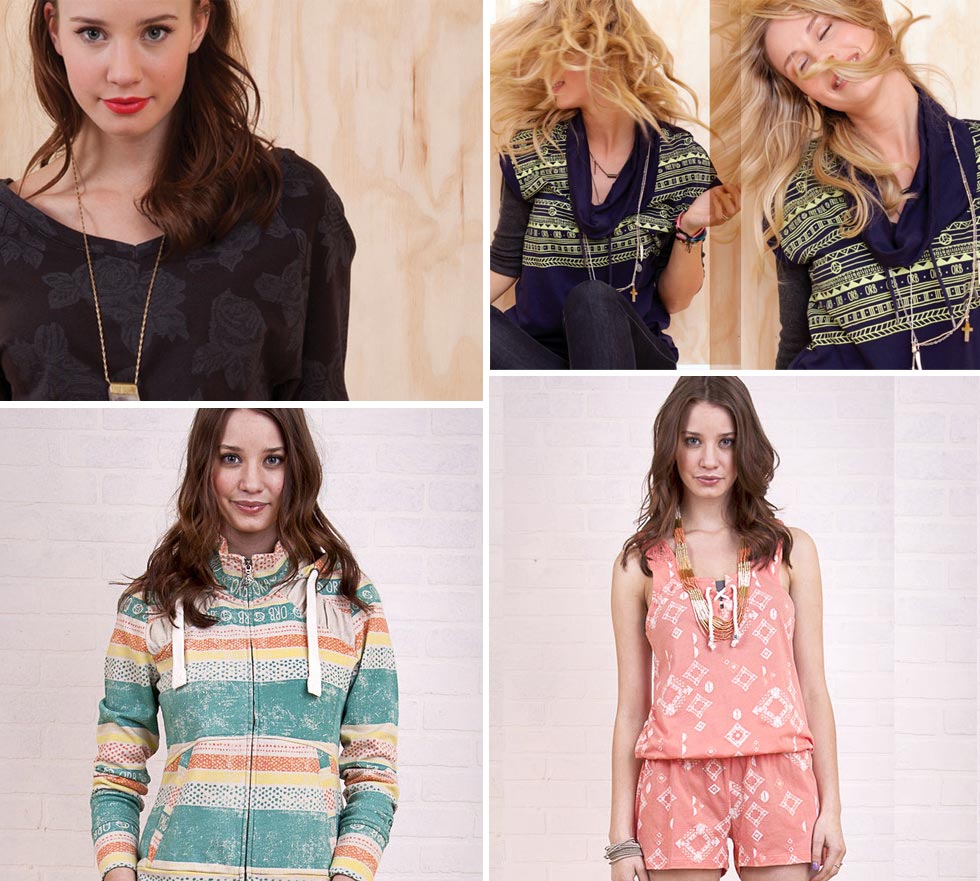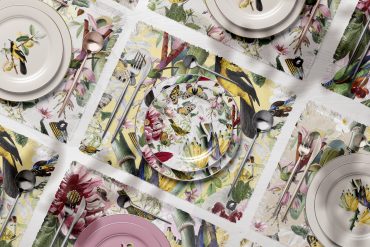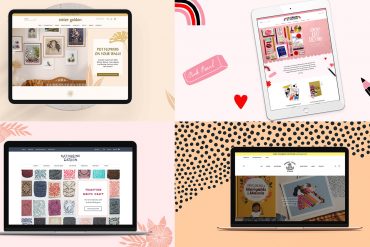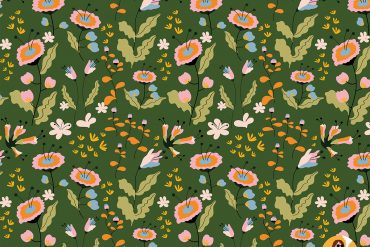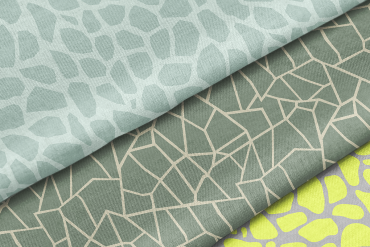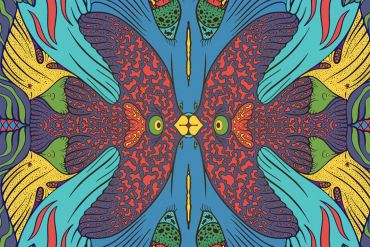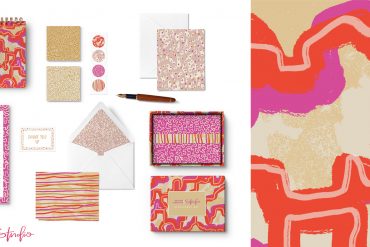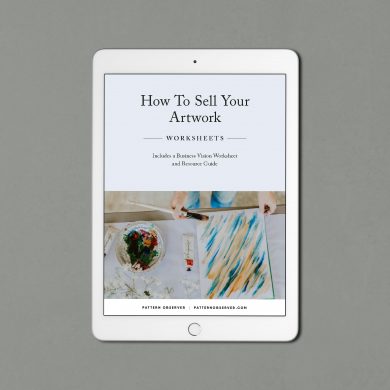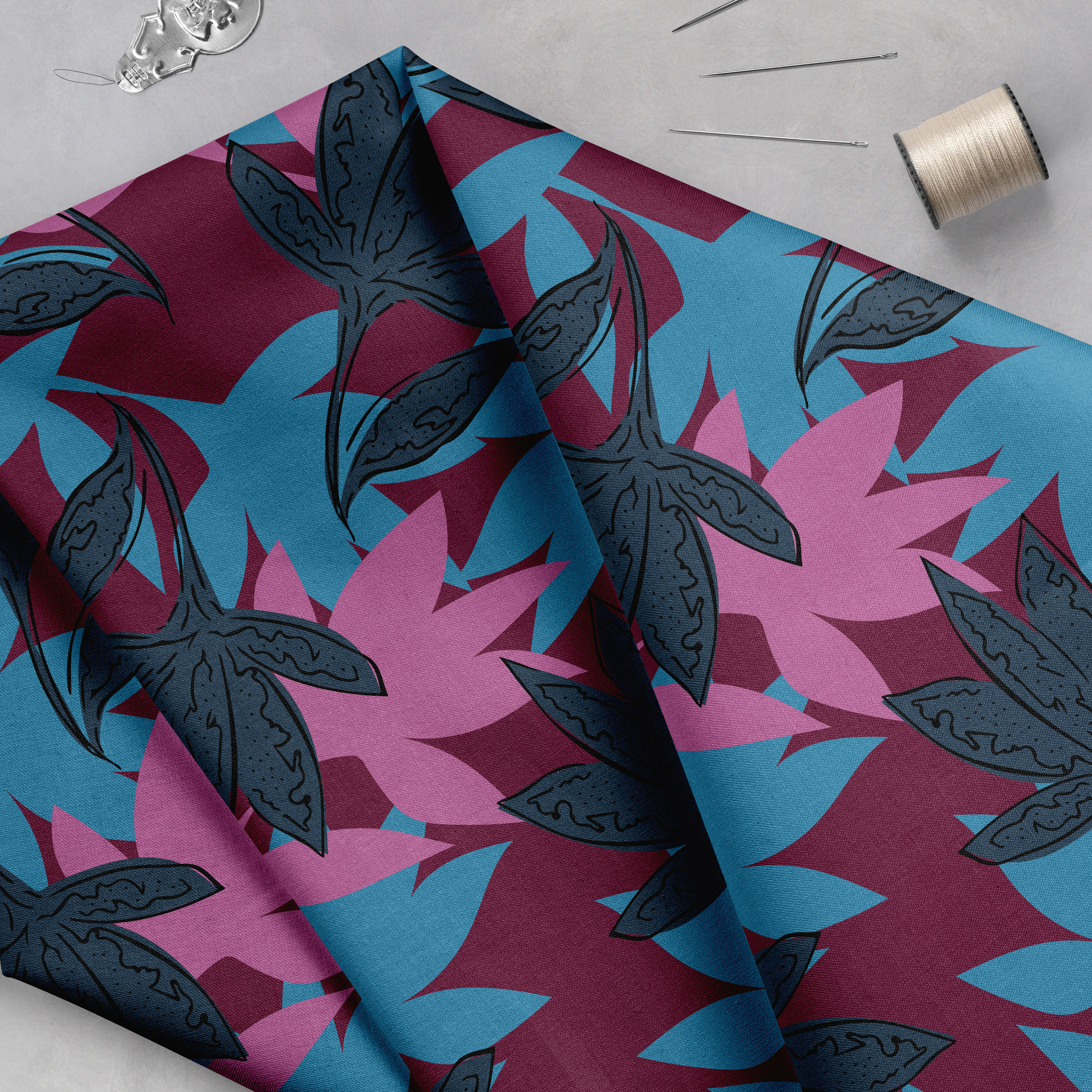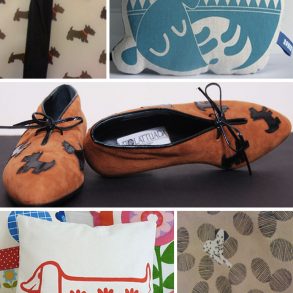We are honored to have Jessica Stuart-Crump here today to tell us about her thriving freelance business and what she has learned along the way. I met Jessica in our portfolio course and was extremely impressed by the professionalism of her work and her fantastic personality. If you are interested in launching or growing your freelance business this is a must read!
What does your freelance business currently look like? What sorts of jobs are you doing?
My business feels like an ever-evolving work-in-progress. Currently, I have a small studio space in my home where I illustrate and create patterns. I work primarily with Apparel companies, with a specific focus on sportswear (snow, surf, yoga, + outdoors) and women’s streetwear. From time-to-time I am fortunate enough to develop artwork for hard goods (helmets, ski, goggles etc) and housewares projects. Every client has different needs and project goals, for example, some clients require only one or two prints that they have a very clear direction on. While other clients, I work with them more as a team, developing concepts and print stories together from the ground up. I then go on to complete a full range of seasonal textiles patterns and apparel graphics based on the trend stories and groupings we built.
Aside from client work, I have started working with a print studio (hunt+gather) and am in the process of developing my first collection of seasonal artwork for them. I am also working on a personal line of patterns I am hoping to have block printed onto scarves and housewares, sometime in the near future.
What were you doing before you launched your freelance business?
When did you know the time was right to leave your job? Or was it outside of your control?
What steps, if any, did you take to prepare to launch your freelance business? Were these steps helpful?
Once you have figured out a transition plan from full-time to freelance, which Michelle just posted a great article on https://patternobserver.com/
If you are quite new to Textile and Surface Design, I would recommend seeking out resources and online communities where you can share your work and get feedback, practice your skills and meet other designers ( and possible future clients!). Once you have some artwork developed, get your work online! Decide on your company name, create a logo, and build yourself a little website, as this will all help to build your brand recognition. You website doesn’t need to be complicated, keep it simple and let your patterns speak for themselves. http://
Learning some basic business development and accounting is essential, as you will likely need to develop contracts, figure out an invoicing system, set up business tax accounts and so forth. A lot of this information can be found online or through local government sites and resources like Pattern Observer and the ‘Biz Ladies’ posts on Design*Sponge are another great place to start. Having a professional level of customer service can also really benefit your relationships with clients. Simple things like making sure to reply to requests and questions in a timely and personal manner, can go a long way.
Freelance life can be scary and exciting all at the same time, it’s not for everyone, and that is ok to recognize. I often think of the term ‘ebb & flow’ when I try to describe of my life as a freelancer, some times work can be really slow moving, and other times you feel flooded by projects and wonder how it’s all going to get done. But stick with it and you will find a balance that suits you!
Visit Jessica’s website for more information or to get in touch!
Do you want to improve your communication process with potential clients? Get started by downloading our free Rate Sheet Template. Access your copy here.



